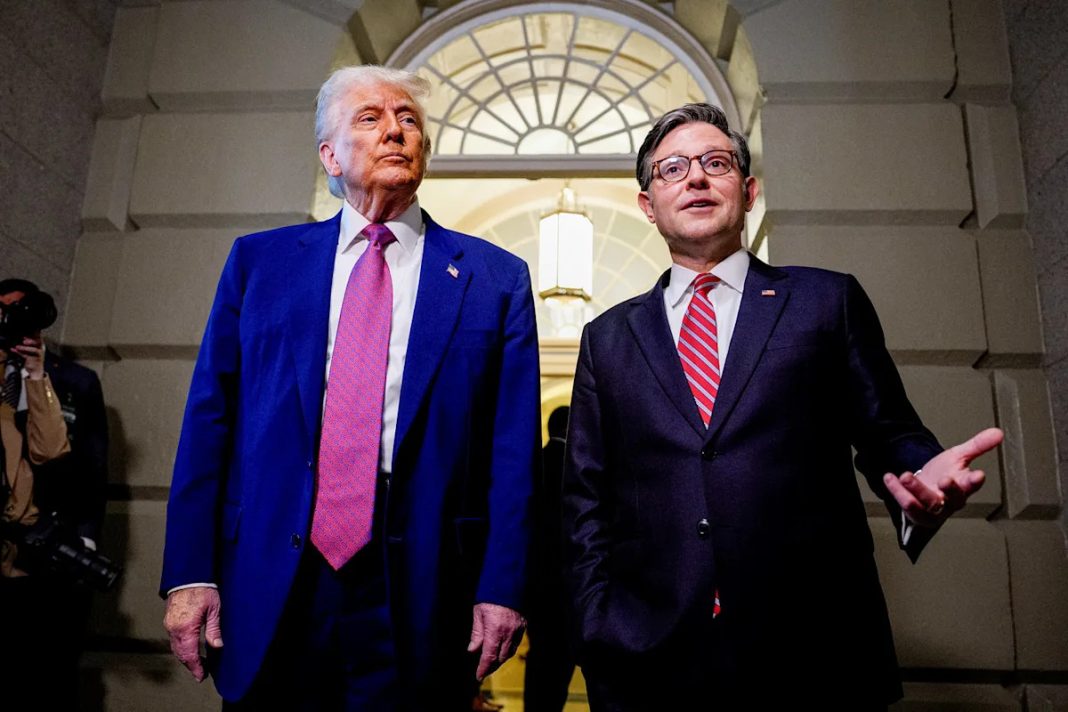A few months ago, Arkansas Gov. Sarah Huckabee Sanders appeared on Fox News and boasted that Donald Trump’s approval rating was “soaring.” It wasn’t: The Republican governor just made that up.
Around the same time, Alina Habba, a Trump-appointed acting U.S. attorney, also boasted on Fox News that the president’s public support was “skyrocketing,” with an approval rating that has reached “an all-time high of anyone.” That was false, too.
This came to mind watching House Speaker Mike Johnson make a related pitch on CNBC.
“His approval ratings are skyrocketing,” the Louisiana Republican said, referring to Trump. “CNN had a story, I think a day or two ago, he was at a 90% approval rating. There’s never been a president that high.”
To be sure, the president has repeatedly demonstrated that he has an unnerving habit of making up approval ratings for himself. And at first blush, that’s the easy explanation for why Johnson would peddle such an absurdity to a national television audience.
But I don’t just think that the House speaker was lying. I think he was also doing something worse.
Consider the CNN poll the congressman was referring to. The network’s national survey actually showed Trump with a 42% approval rating, which was roughly in line with recent averages. In fact, The New York Times has a frequently updated graph, reflecting polling averages, and it currently shows 52% of the public disapproves of the president, while 44% approve.
Far from “skyrocketing,” Trump’s public support is roughly at its lowest point of his second term.
But if we take a closer look at the same CNN poll, it showed the president’s approval rating with just Republican voters at 88% — near the 90% figure that Johnson referenced.
And therein lies the point: The House speaker pitched a seemingly ridiculous figure, not just to deceive the public, but also because from his perspective, Democrats literally don’t count.
This comes up in GOP politics with unnerving frequency. When Trump celebrated the House vote on the party’s far-right domestic policy megabill, the president said it passed with 218 supporters, and only two opponents. In reality, it passed 218-214, but 218-2 figure was correct if one pretended that Democrats didn’t exist.
He did this in his first term, too. After Trump’s first impeachment, there was a Senate trial, and on the first article of impeachment, 48 senators voted “guilty,” while 52 voted “not guilty.” The president declared soon after, “In the Senate, other than Romney, we got 52 to nothing.”
That was absurd, but five years later, it’s a perspective that the Republican House speaker appears to have bought into.
This article was originally published on MSNBC.com

